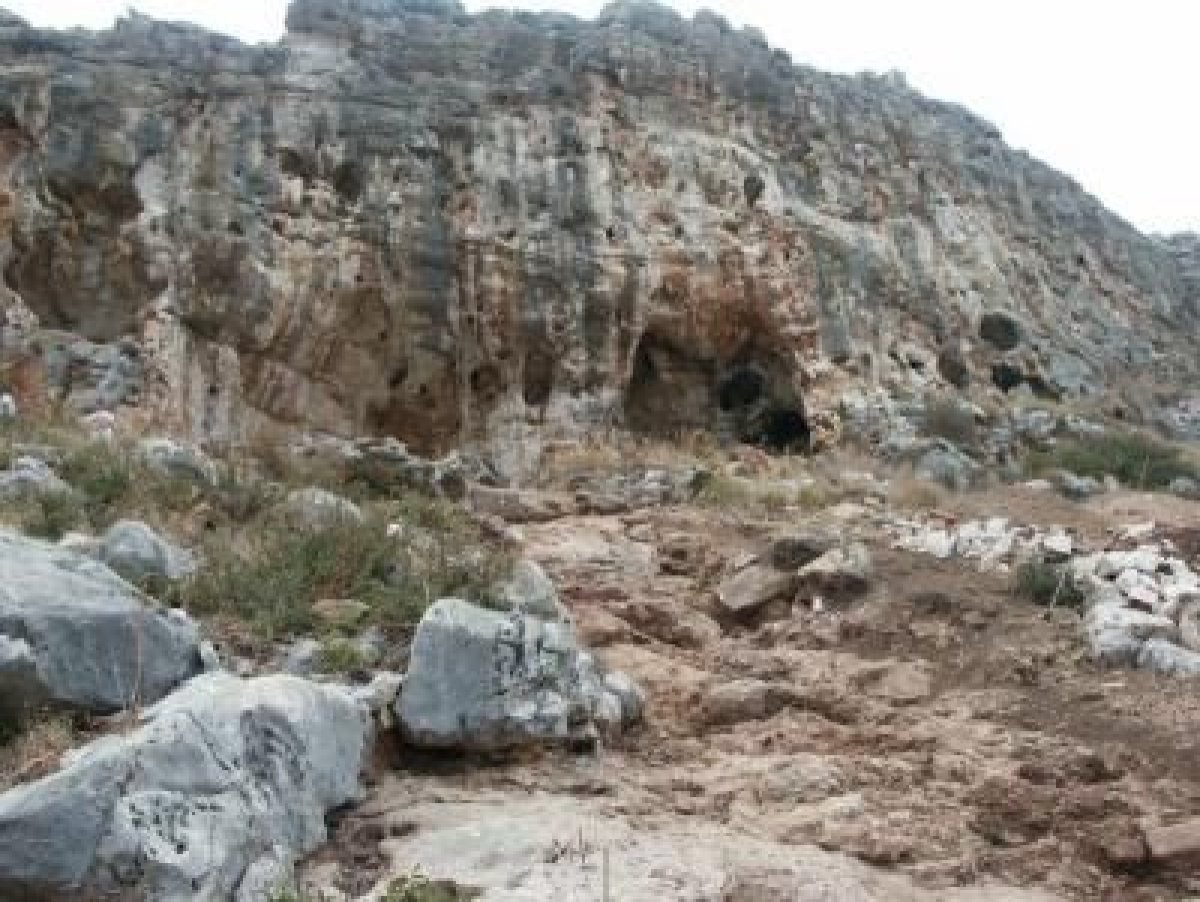
An international research team working in Israel has discovered the oldest-known modern human bones ever found outside the African continent: an upper jawbone, including teeth, dated to between 175,000 and 200,000 years old. It shows humans left Africa at least 50,000 years earlier than we had thought.
The scientists unearthed the fossil at Misliya Cave, one in a series of prehistoric caves on Israel's Mount Carmel, according to a Binghamton University press release. This region of the Middle East was a major migration route when humans spread out from African during the Pleistocene. A paper describing the findings was published in the journal Science.
"Misliya is an exciting discovery," co-author Rolf Quam, an anthropology professor at Binghamton University, said in the press release. "It provides the clearest evidence yet that our ancestors first migrated out of Africa much earlier than we previously believed. It also means that modern humans were potentially meeting and interacting during a longer period of time with other archaic human groups, providing more opportunity for cultural and biological exchanges."

Modern humans began to leave the African continent around 200,000 years ago, according to Pacific Standard. Quam and his colleagues applied a variety of techniques to date and analyze the fossil, including micro-computerized tomography scans—small-scale, high-resolution CT scans—and 3-D virtual models that helped them compare the jawbone's features with those of similar hominin fossils from Africa, Europe and Asia, according to the press release.
"While all of the anatomical details in the Misliya fossil are fully consistent with modern humans, some features are also found in Neanderthals and other human groups," said Quam, associate professor of anthropology at Binghamton. "One of the challenges in this study was identifying features in Misliya that are found only in modern humans. These are the features that provide the clearest signal of what species the Misliya fossil represents."
Their research suggested that the humans who lived in the region hunted large game, and that they could make and control fire. It also lined up with what we know about early stone tools, the ones used by Africa's first modern humans in the Early Middle Paleolithic.
"Modern humans" refers to those who resemble us anatomically, according to the Smithsonian National Museum of Natural History. That means a larger brain and lighter skeleton than earlier prehistoric hominins. One of the hallmarks is the jawbone—ours are less prominent, and with smaller teeth, than those of the ancestors whom we wouldn't consider modern.
Uncommon Knowledge
Newsweek is committed to challenging conventional wisdom and finding connections in the search for common ground.
Newsweek is committed to challenging conventional wisdom and finding connections in the search for common ground.
About the writer
Kastalia Medrano is a Manhattan-based journalist whose writing has appeared at outlets like Pacific Standard, VICE, National Geographic, the Paris Review Daily, ... Read more
To read how Newsweek uses AI as a newsroom tool, Click here.








